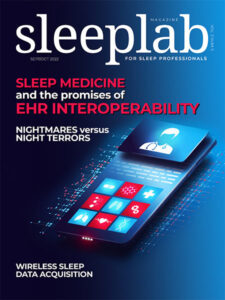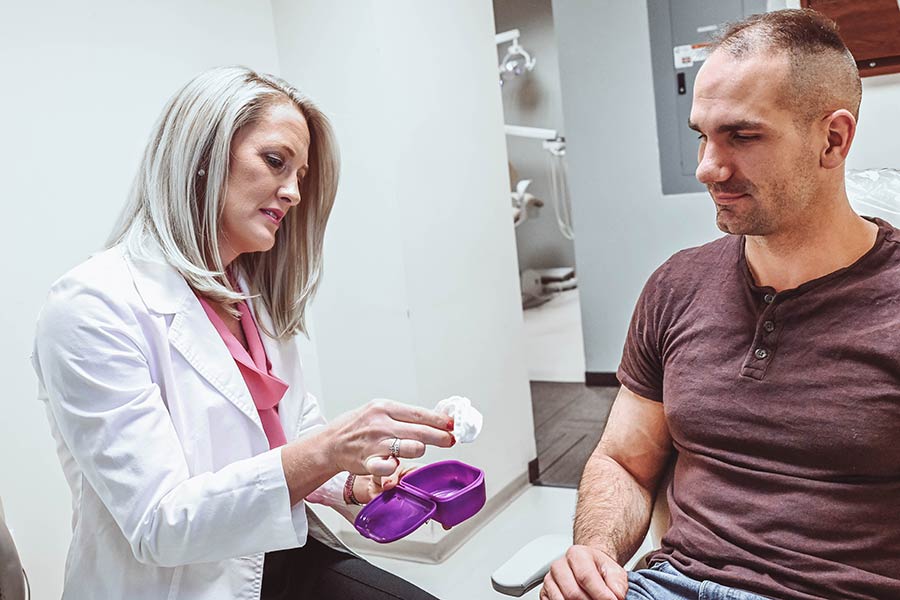
In the October 2022 edition of Sleep Lab Magazine, Dr. Ashley Spooner, a respected dental professional and Diplomate of the American Board of Dental Sleep Medicine (ABDSM), presents a compelling case study exploring the efficacy of oral appliance therapy as an alternative to Positive Airway Pressure (PAP) therapy for the management of obstructive sleep apnea (OSA). Titled “Case Study: Oral Appliance: An Effective Alternative to PAP Therapy for Obstructive Sleep Apnea,” the article offers valuable insights into the clinical utility and patient-centered benefits of oral appliance therapy in the treatment of OSA.
The paper emphasizes the urgency of addressing OSA and snoring, recognizing their disruptive impact on sleep patterns and overall well-being. While conventional treatments like continuous positive airway pressure (CPAP) have their merits, the study acknowledges their limitations, prompting a search for alternative interventions.
Among these alternatives, Sheats et al. explore the effectiveness of oral appliance therapy, particularly in adult patients. Customized oral appliances, designed to advance the lower jaw and tongue slightly forward during sleep, offer a non-invasive solution for mild to moderate OSA or for patients who struggle with CPAP adherence.
In addition to oral appliances, the study delves into other emerging modalities. For instance, they discuss the potential of hypoglossal nerve stimulation (HNS) in adults, which targets tongue muscles to prevent airway collapse. Furthermore, they investigate the role of myofunctional therapy in pediatric cases, aiming to strengthen orofacial muscles to improve airway function.
Positional therapy, focusing on sleep positioning to minimize airway obstruction, emerges as another viable option for both pediatric and adult populations. This method, whether through positional devices or training techniques, offers a non-invasive approach for those with mild to moderate OSA or positional snoring.
Additionally, the study sheds light on the potential of pharmacological interventions, showcasing novel medications targeting specific airway obstruction pathways or enhancing muscle tone during sleep.
In summary, Sheats et al. offer a comprehensive overview of cutting-edge therapies for OSA and snoring, advocating for continued research and innovation to enhance patient outcomes and quality of life across all age groups.





